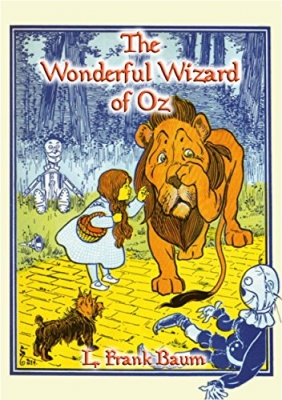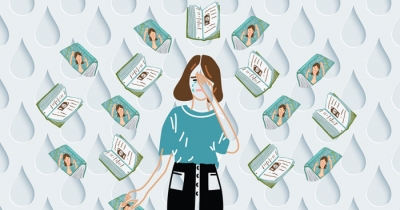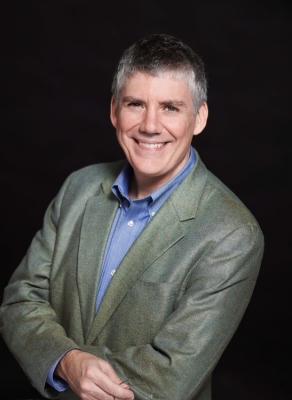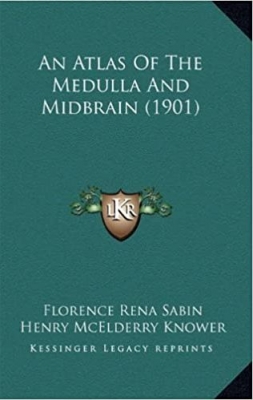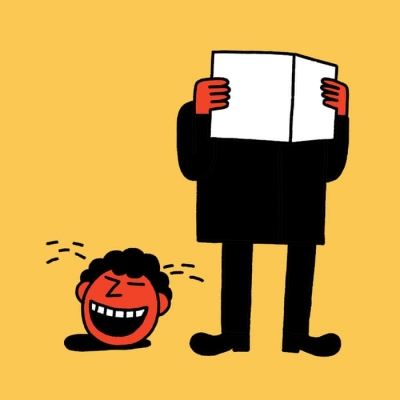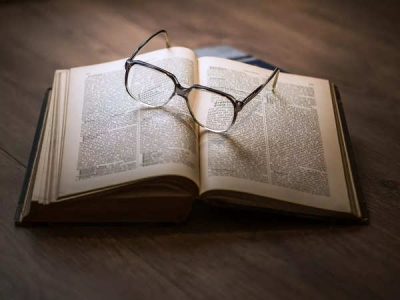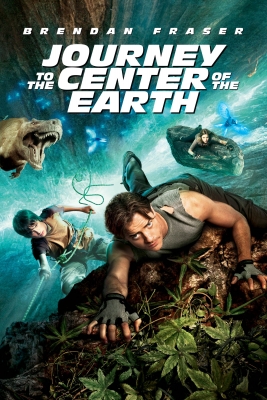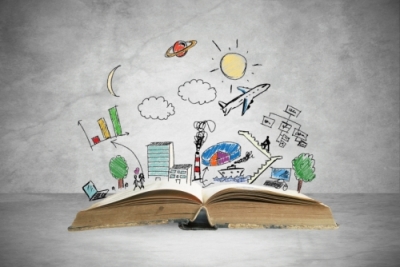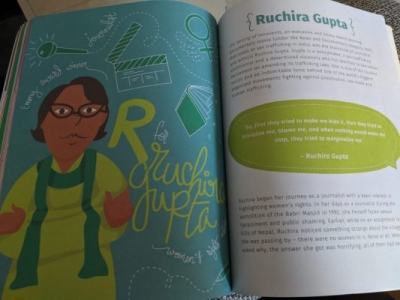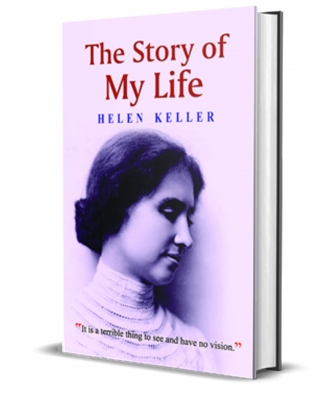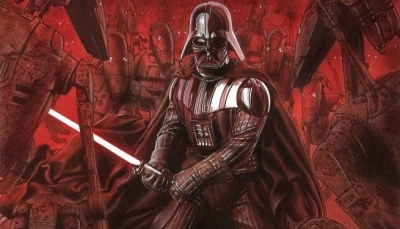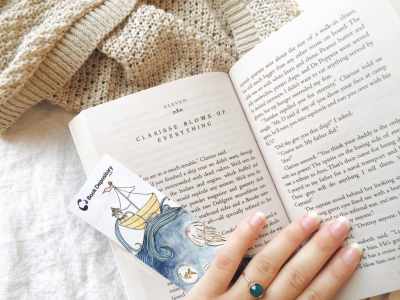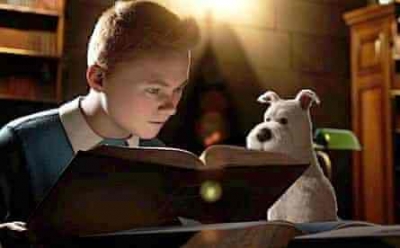
Russian literature
Here is my list of translated works. Written in the Dutch language, "The Diary of a Young Girl" by Anne Frank has been translated in more than 70 languages and needs no introduction. This beautifully written memoir showcases how difficult life was during the Holocaust. Anne's life in seclusion seems hopeless. Despite this, she always stays cheerful and happy. Unfortunately, this story doesn't have a happy ending, but teaches me to always stay cheerful against the adversities in life. The Russian novelist Leo Tolstoy, is best known for his two longest works ("War & Peace" and "Anna Karenina') which are regarded among the finest novels ever written. His stories are extremely powerful. They convey human values and morals in simple words. "War & Peace" is a literary work mixed with chapters on history and philosophy, while "Anna Karenina" is an account of the doomed love affair between Anna and Count Vronsky.
Not lost in translation
I enjoy reading books. The best translated works I have read till now are "The Little Prince", "The Dragon Rider", "The Rainbow Fish", "The Pied Piper of Hamelin", and "The Little Red Riding Hood". "The Rainbow Fish" is really good. It is a fiction translated from German into English by J Ellison James. The book is best known for its message on selfishness and sharing. The characters in this book help each other through thick and thin. The moral of this story is we should always be helpful. I enjoy reading this story because it has a good moral and reading this book also improves my vocabulary.
The Tin Soldier
Originally written by Hans Christian Andersen and retold by Russell Punter. "The Steadfast Tin Soldier' is a beautiful story about a one-legged tin soldier who comes alive at night and falls in love with a paper ballerina. But the jack in the box is jealous and pushes the tin soldier out of the window. He is found by a group of children who make a paper boat and place him on the river. He has to go through a sewage area and even gets eaten up by a fish! But he doesn't give up, and luck comes on his side. The original version had an unfortunate ending: the tin soldier and ballerina melted in a fireplace, but in the retold story, they lived happily ever after, which makes me like the latter one more than the original. The story's moral is whatever happens. if your intentions are good, you will succeed.
Pippi Longstocking
Astrid Lindgren's most famous and loved book, "Pippi Longstocking" was translated to English from Swedish. I enjoyed reading the book. Pippi is the strongest girl in the world. She stays alone with no grown-ups around. She has two pets, a monkey and a horse. Pippi is funny. She eats caramel candy instead of taking vitamins. She cleverly covers her mistakes as facts that others don't know. I like the thing finder game they play as it is similar to my favourite game treasure hunt.
A translation by Satyajit Ray
The best translated work I have ever read is "Braziler Kalo Bagh (The Brazilian Black Tiger), which is a Bengali translation by Satyajit Ray of Sir Arthur Conan Doyle's story "The Brazilian Cat". It is a great crime adventure story with some interesting plot twists. The protagonist here is Marshall King, nearly bankrupt and the only successor of his uncle Lord Southerton. Due to his financial problems and an invitation from his long lost cousin Everard King, who has returned to England after a long stay in South America, Marshall he goes to his house. There after some days of leisure he falls into a great trap set up by his cousin. Everard has called his cousin to his home and made arrangements to kill him in way that looks like an accident. Everard does this because he finds out that if Marshall dies he will become the next Lord Southerton. Luckily our protagonist escapes and Everard dies in the paws of his pet Tommy, a ferocious Brazilian tiger. The story is a great example of a crime adventure story. And also I have to admit that the great writer Ray has translated the story in his unqine writing style. This is truly the best translated work I have ever read.
A spiritual guide
The best translated work I ever read is "The Alchemist" originally written in Portuguese and later beautifully rewritten in English by Paulo Coelho. Santiago, a shepherd boy, wants to travel the world to collect wonderful treasures. On his way, he meets an alchemist in a life-changing encounter.
Coelho mixes spiritualistic views and magic in his book, which I found was pretty distinctive from all the other books I have read so far. His books will surely have a strong impact on everyone's lives.
This book stimulates and enhances the positive energy in me. I wish to read many similar books.
Scandinavian fiction
These are the best translated works I have ever read - The Martin Beck" series by Maj sjowall and Per Wahloo and The Crow Girl" by Erik Axl Sund. They are both Swedish novels. "Martin Beck" is a series of books collectively titled "The Story of a Crime". I recently started reading translated books and this is the first book I fell in love with. Martin Beck, the protagonist of series, is a fictional Swedish detective. He solves crimes and mysteries. I have read lots of detective and crime novels but this series is my personal favourite. Although it's a bit gory, it has lots of mysteries. Each book has a different storyline which makes it really good.
"The Crow Girl" is a crime and psychological horror novel. It is the Everest of Scandinavian crime fiction. This was my first time reading a psychological thriller and it actually scared me a little. It follows Detective Jeanette Kihlberg as tries to find the answers for the murder of a young boy.
The adventures of Amir Hamza
My favourite translated work is "The Adventures of Amir Hamza". It was originally written in Persian, by Ghalib Lakhnavi and Abdullah Bilgrami and translated in English by Musharraf Ali Farooqi. This is a major Indo-Persian epic. The book. falls under adventure and fairy tale genre. It follows an adventurer, Amir Hamza, who is under the Persian king and fights many campaigns. He goes to the supernatural
"The Pied Piper of Hamelin”
The "Pied Piper of Hamelin" is a book written by Robert Browning in the German language in 1248. The story was later translated into English. This is a superb story and it tells us that we should always keep our promises and never go back on our word and cheat anyone.
In this story, there is a town named Hamelin which ir infested by rats. So, the realm and fights enemies even there, and dies heroically. I love this book because it has a great deal of imagination and we can easily pass our time as this book is highly engrossing. It is like an odyssey of the Middle East. This book involves sages, prophets, spies, demons, mad emperors and so on. This novel reminds me of the story of King Arthur.
A French fairytale
One of the best translated works I have read is "Little Red Riding Hood". The story, a fairytale for children, has been translated from French to English by Sarah Ardizzone. The book has been short listed for UKLA children's book. In the story, Little Red Riding Hood is a girl, who lives with her mother. Once she leaves her house to visit her grandmother. On the way, she meets a big, bad wolf in the forest. She continues walking and reaches the house. Once she is there, she realises that something is different. She sees the wolf, who has dressed up as her grandmother. He tells her has eaten her grandma and now she is scared because she thinks he would eat her, too. In the end, the neighbours come and help her. The moral of the story is we should never talk to strangers. I enjoyed this story because it has good lessons.
"Old Arthur and "The Chess Players"
My most favourite translated works are "Old Arthur (written in English by Liesel Moak Skorpen, and translated to Tamil by Siragini and Athithan), and "The Chess Players (originally written in Hindi by Munshi Premchand and translated by T.C Ghai), "Old Arthur is a story about an old dog named Arthur, who works for a farmer. He helps the farmer, and does all his work skillfully. But as Arthur grows old, he can't work as efficiently as before. The farmer becomes angry with him day by day, and one day, decides to shoot the old dog. He somehow escapes and one day, a boy named William buys Arthur. He washes Arthur, gives him good food, and they soon become friends. The story couls with, "William and Arthur lived happily ever after. I read the translated Tamil version first. Though I later also read the original work in English, I'll never forget the Tamil version.
"The Chess Players is about two best friends Mir Sahib and Mirza, who play chess every day. The English East India Company invades Lucknow. But the friends are not worried. They are interested only in chess, and continue playing, hiding in an old mosque. One day. Mirza loses two consecutive matches and the two friends start arguing. The argument soon turns into a swordfight killing both the men, I like this story very much, and it has deep thoughts, and philosophical ideas.
A little girl with a free mind
The translated works I loved the most are "Totto Chan: The Little Girl at the Window and "Where the Mind is Without Fear.
"Totto Chan" originally written in Japanese by Tetsuko Kuroyanagi, has been translated into more than 30 languages. As the title suggests, it is the story of a little girl named Totto Chan. It takes place during WWII. Totto is a really curious girl and is always asking questions, which results in her getting expelled from her school. She has an extremely active mind. For instance, one moment she is thinking of becoming a teacher and just ten minutes later she starts thinking of becoming a musician. This book describes her life and her journey in her new and extraordinary school.
"Where the Mind is Without Fear is a poem written by Rabindranath Tagore. Originally written in Bengali, it was translated into English by Tagore himself. This poem is masterpiece. This poem was written by Tagore during the Indian freedom struggle. It is an indication of what free India should look like.
Picture Credit : Google

